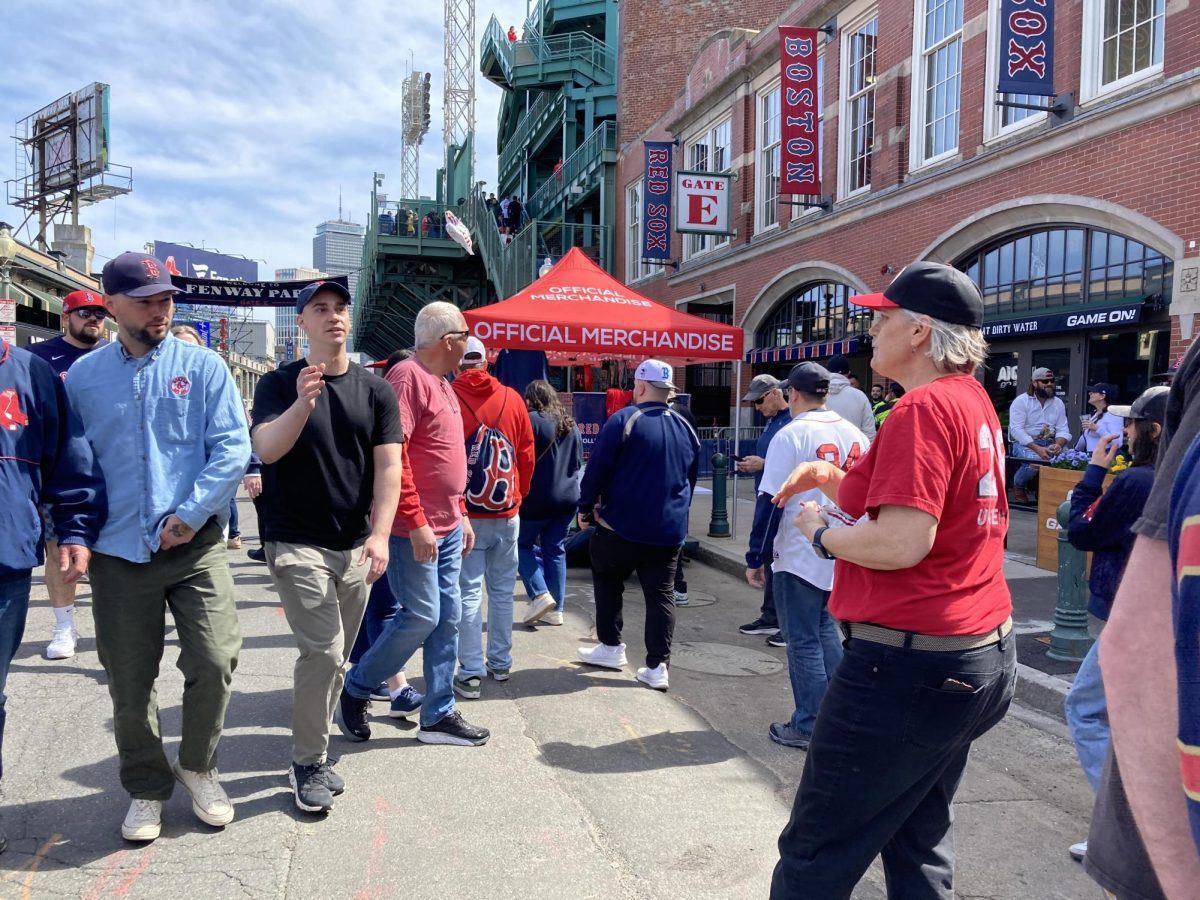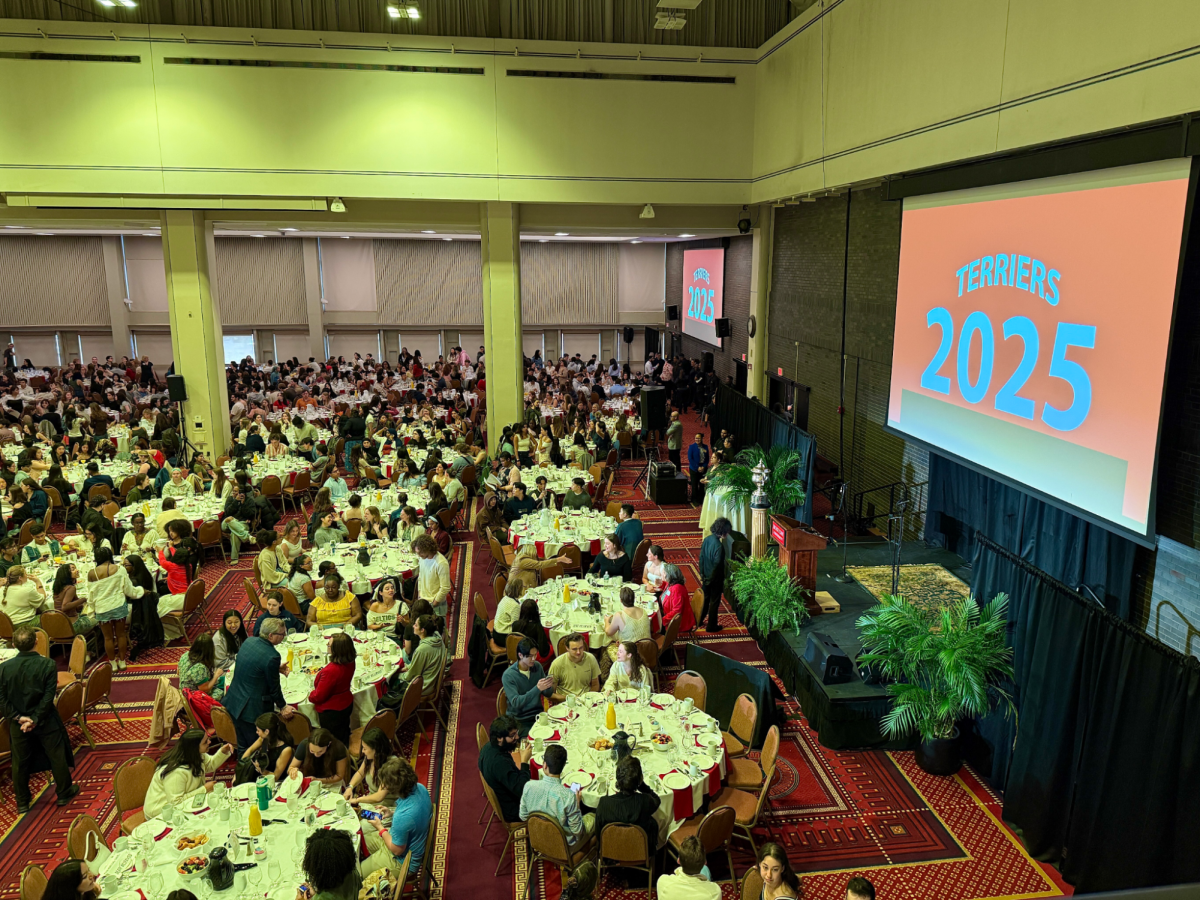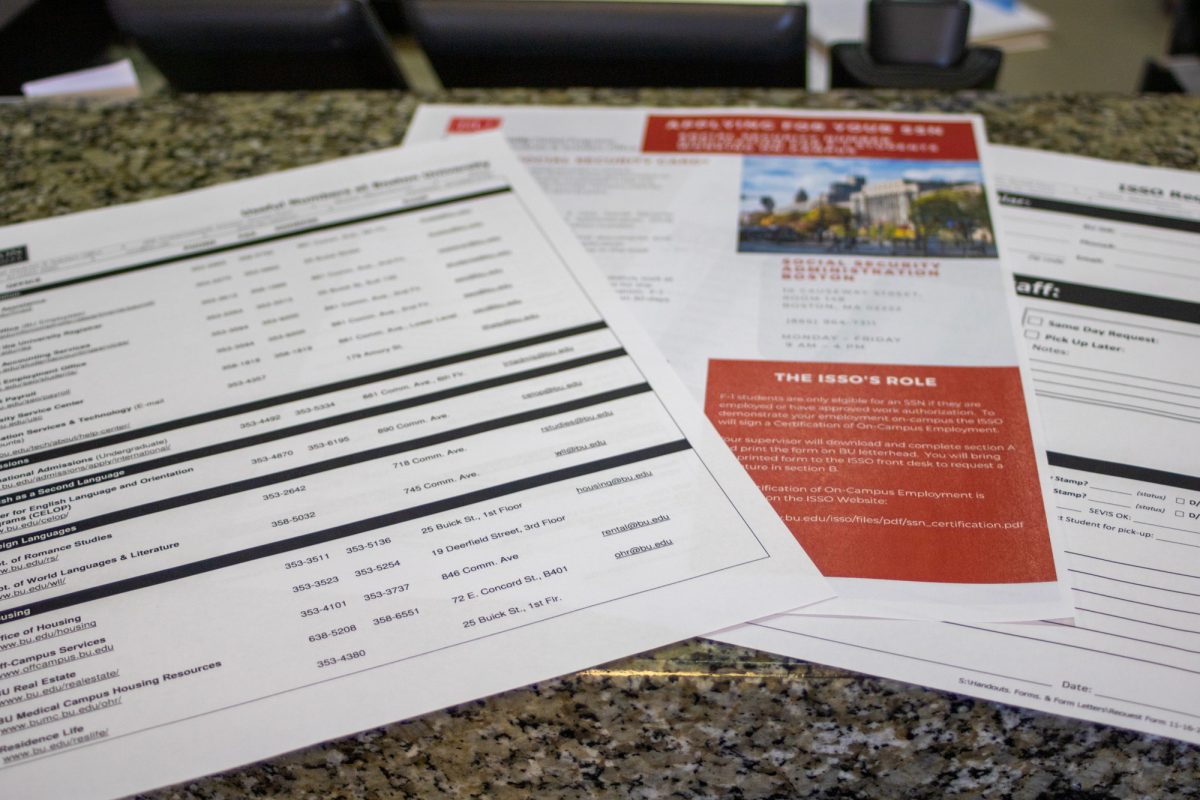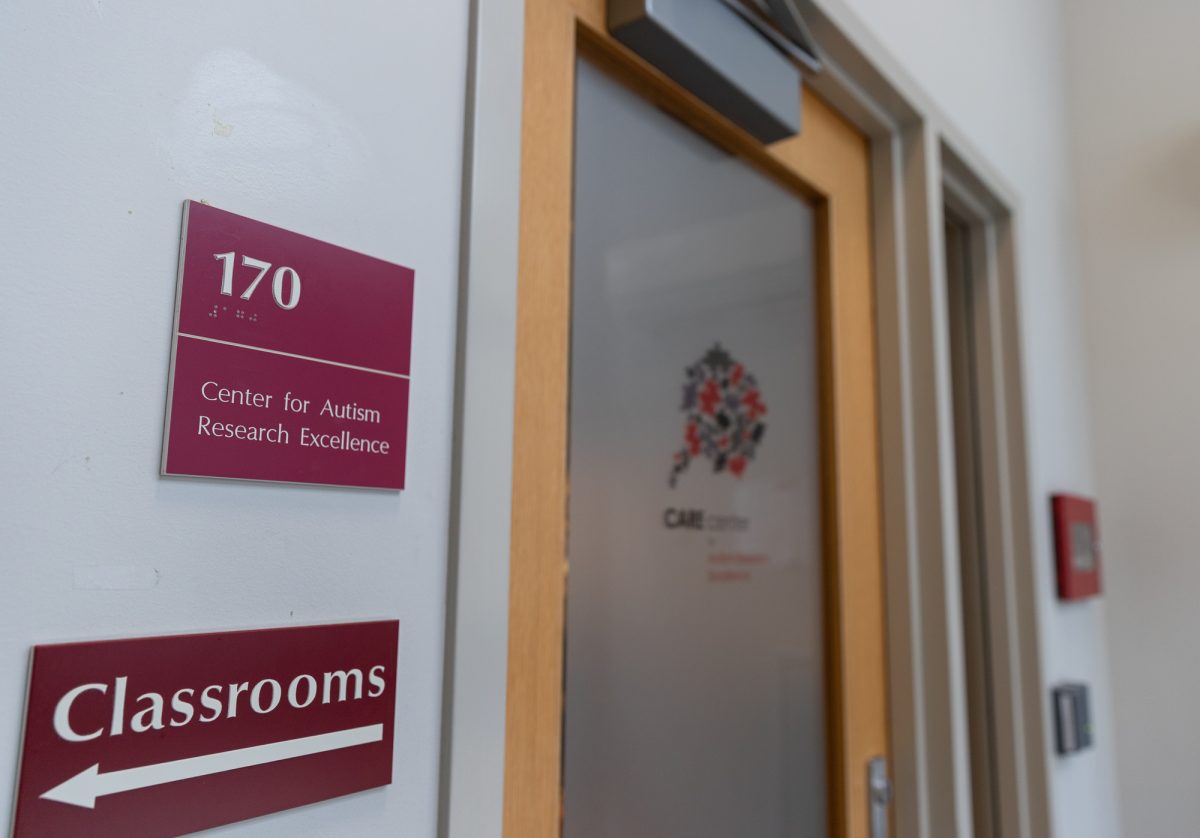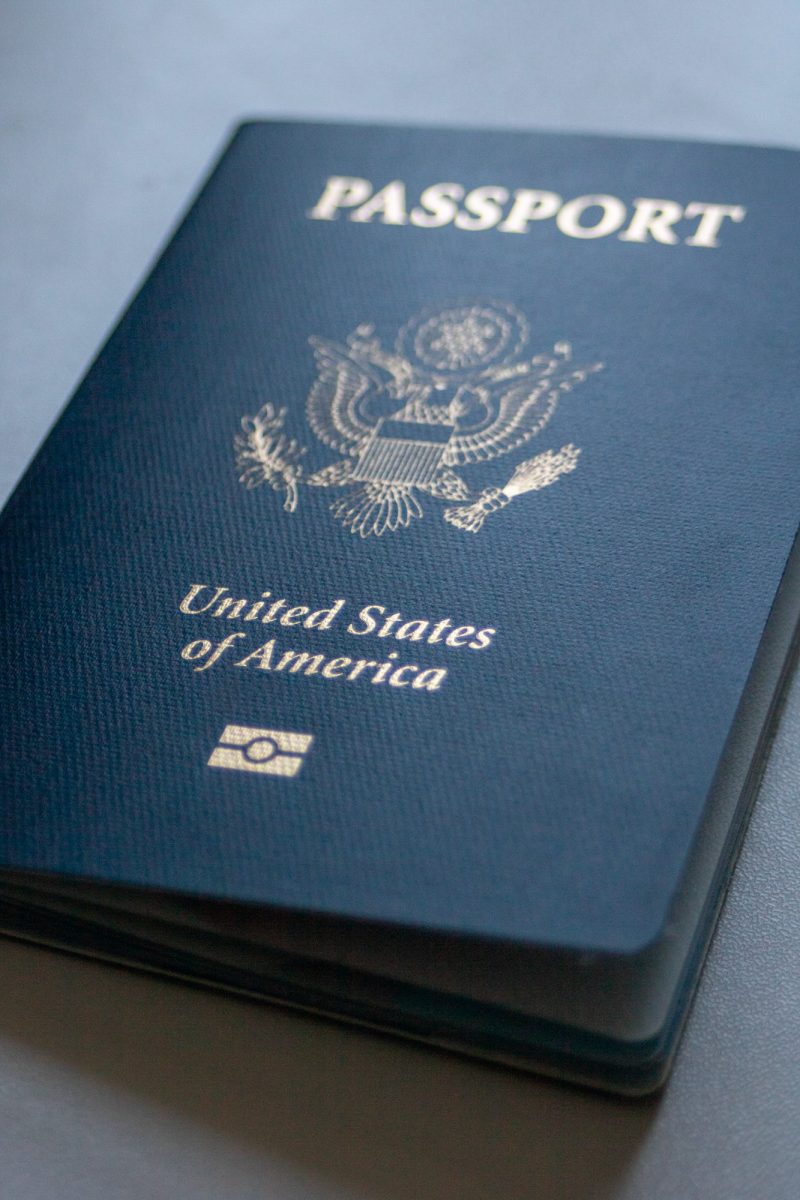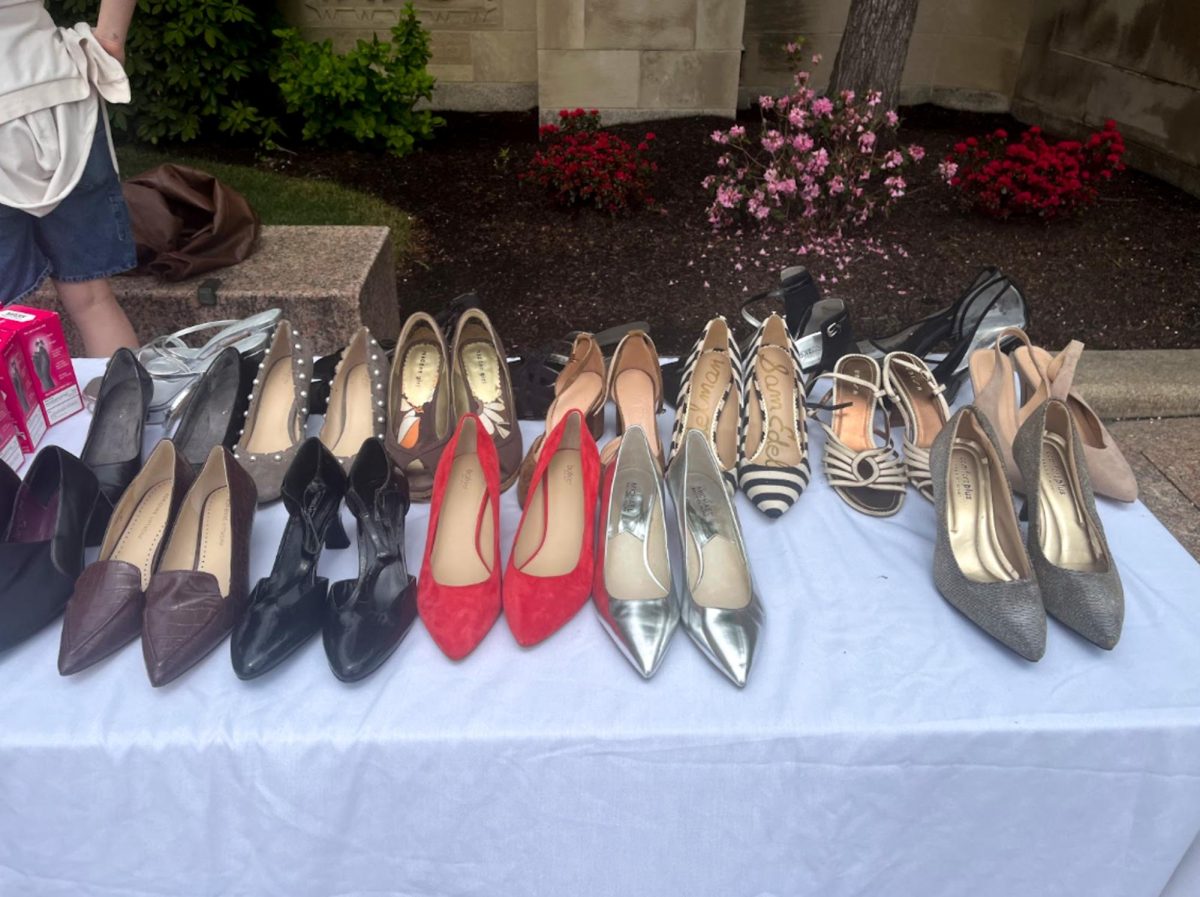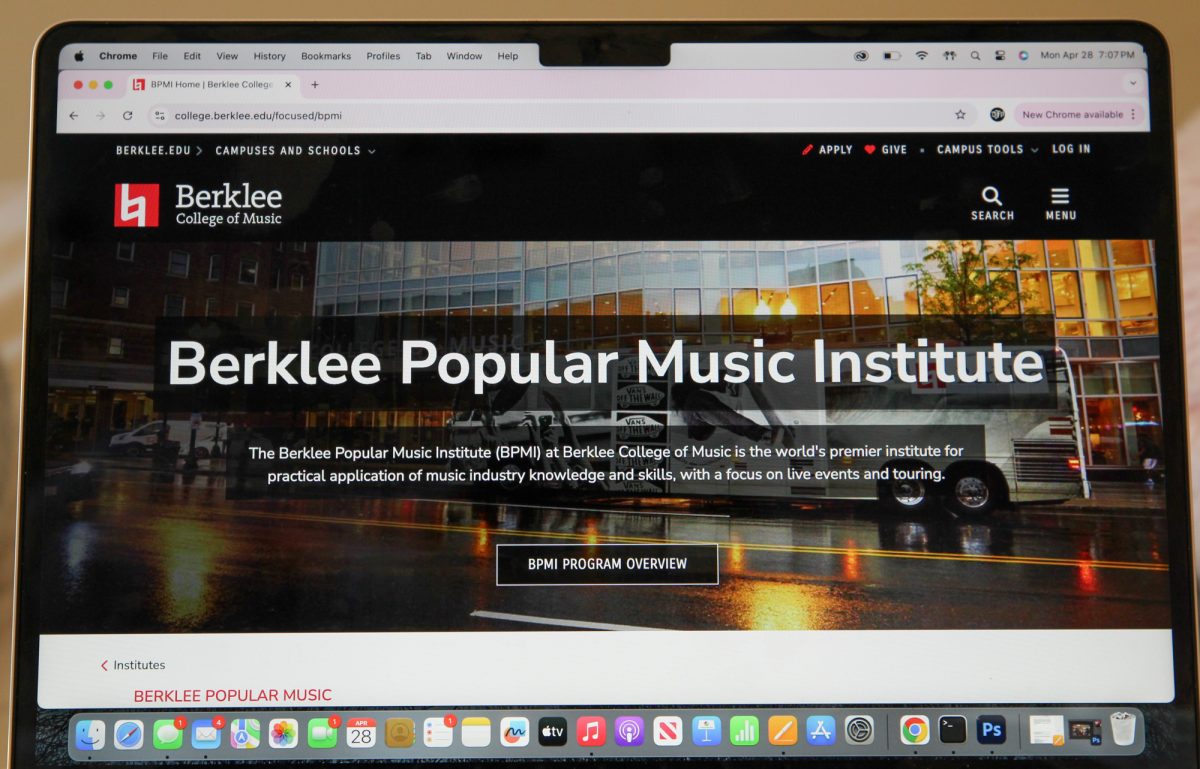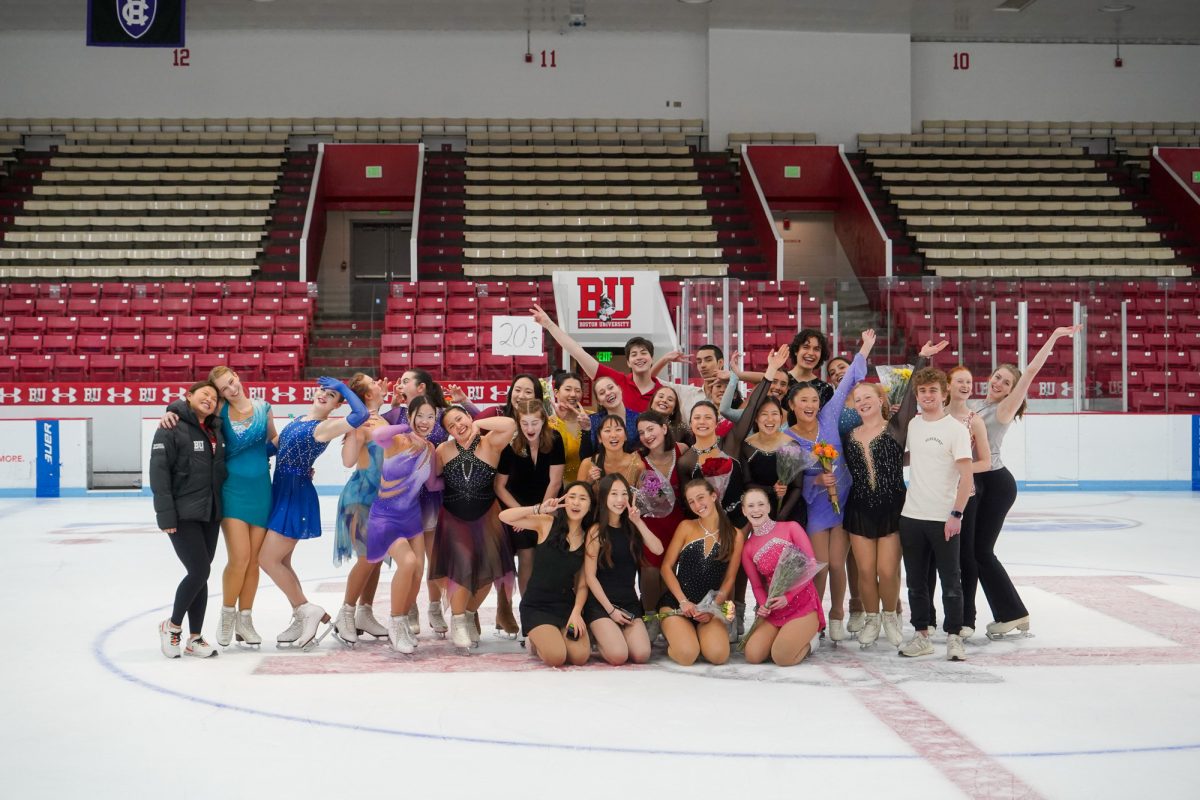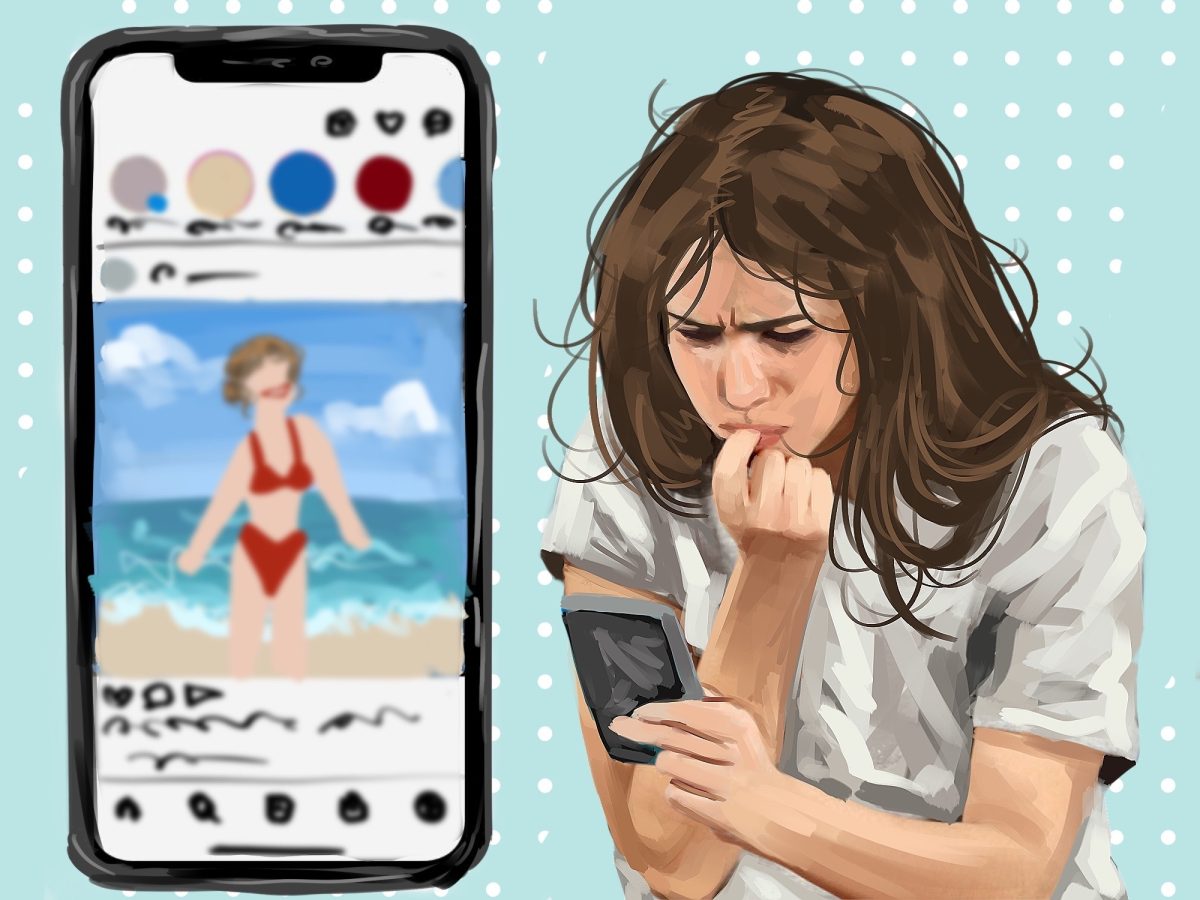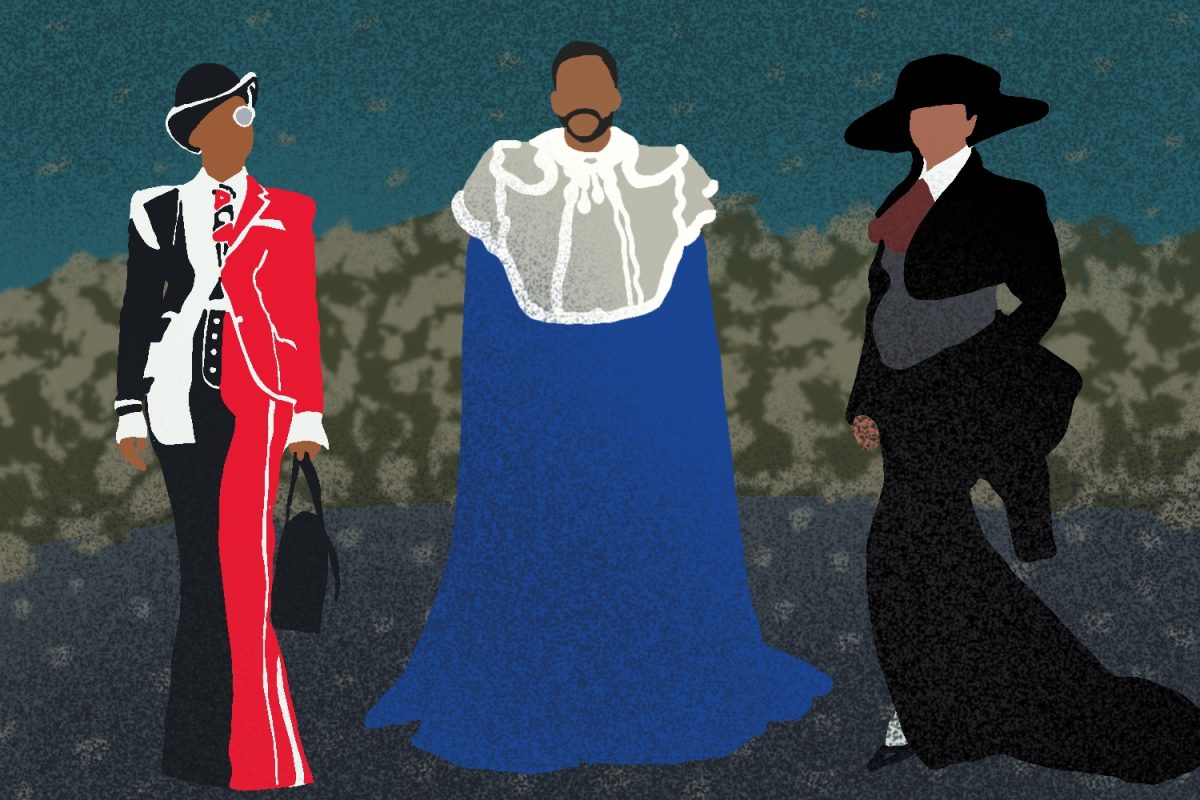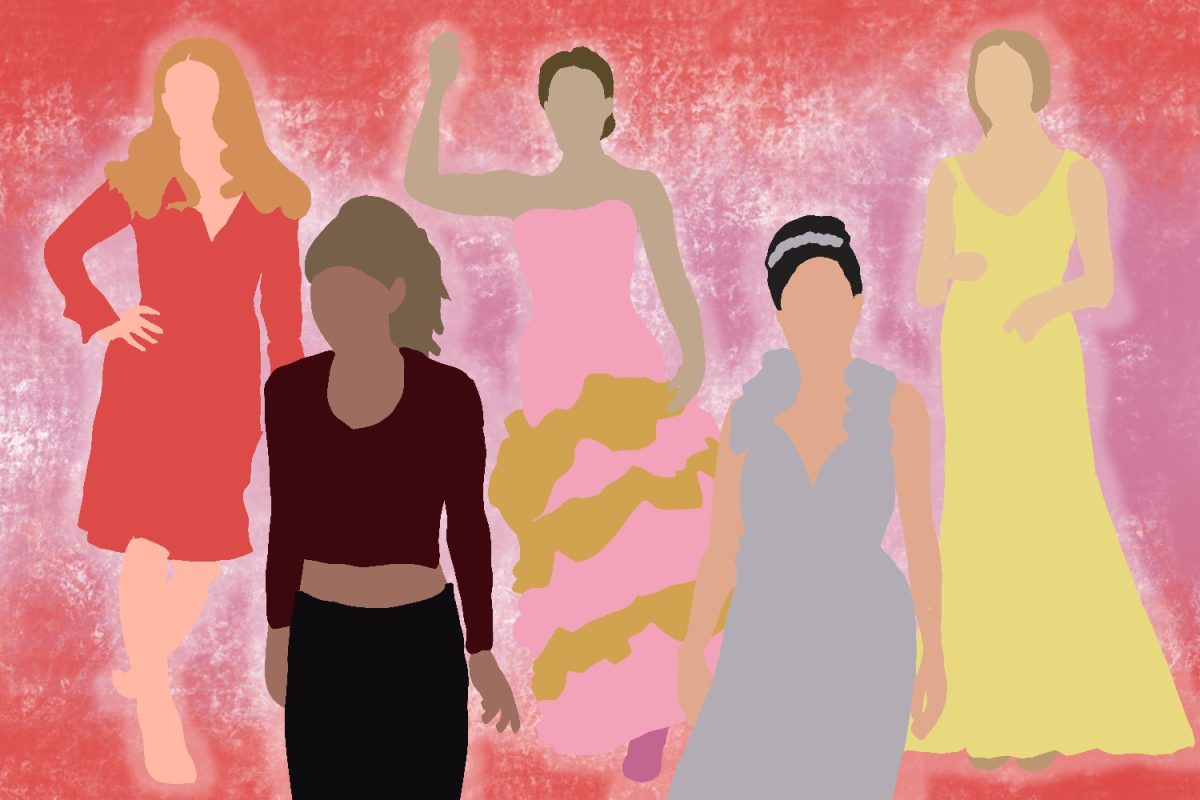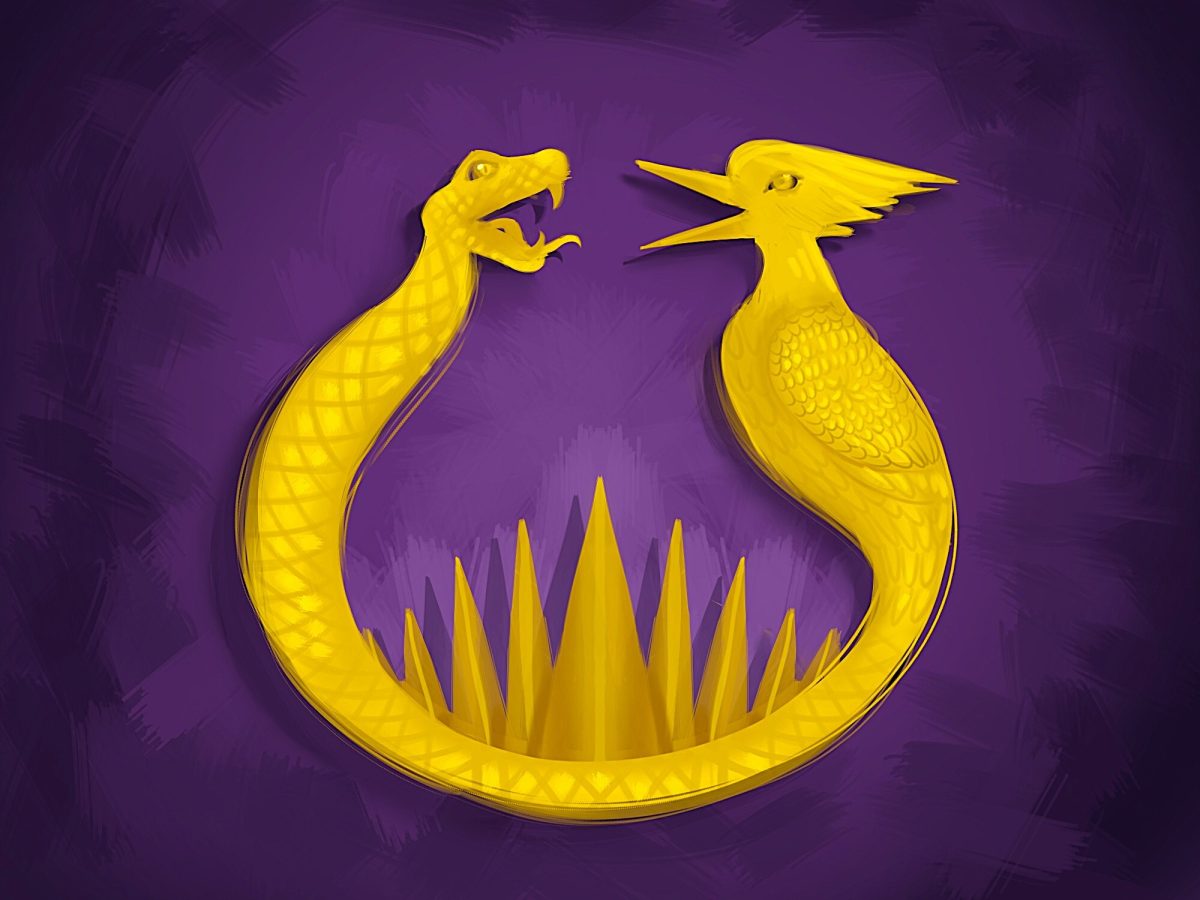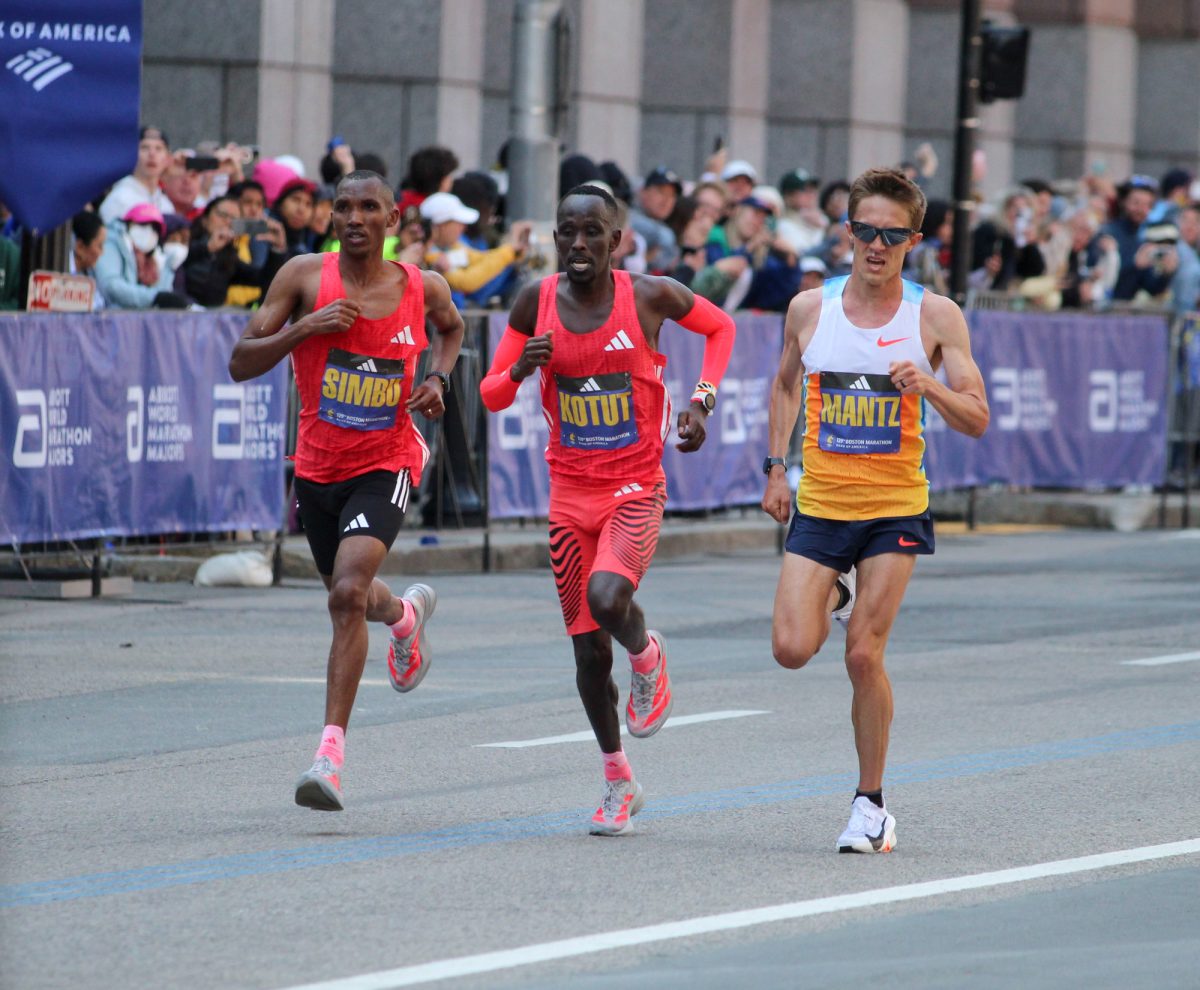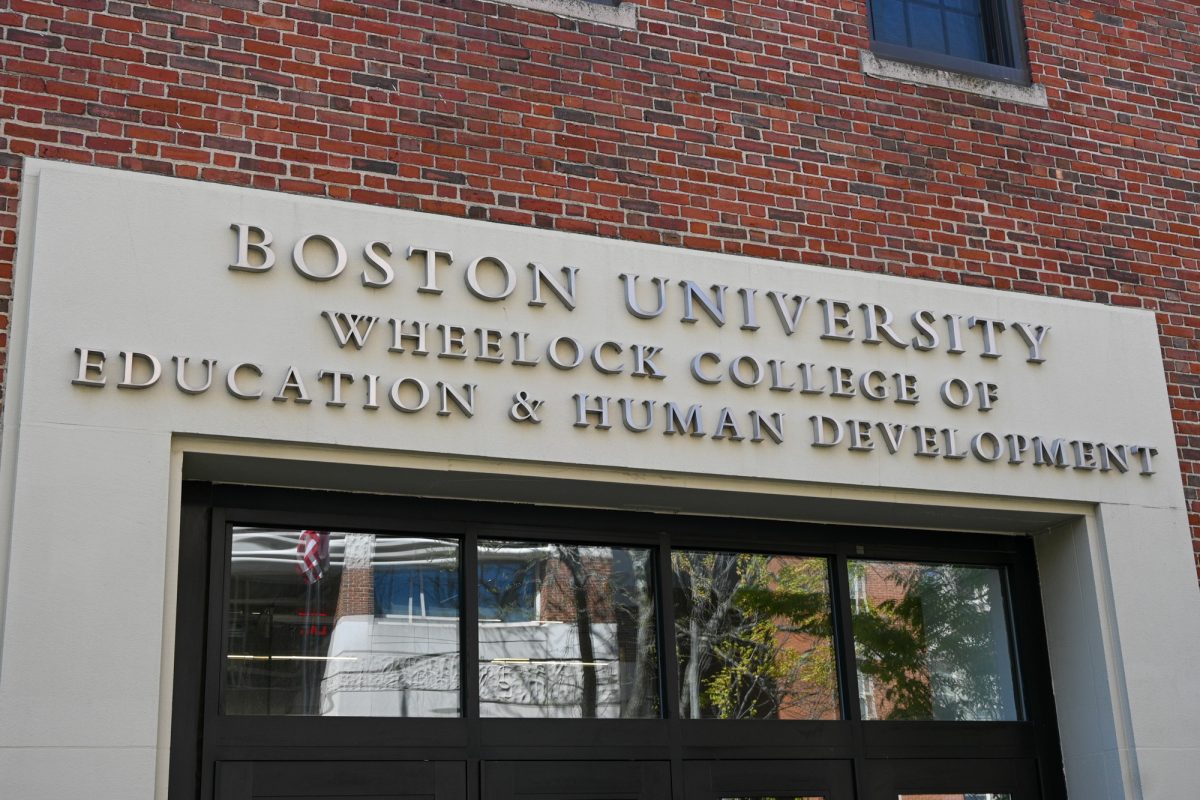The other week, I was treated by a friend to a midnight movie at the Regal Fenway. I was excited to see The Matrix, a classic, up on the big screen once again. But before the movie started, we got to sit through 30 minutes of advertisements, during which we were treated to a viewing of the recent Coca-Cola commercial called “The Happiness Factory.” In the ad, a young, well-groomed white guy puts a quarter into a Coke machine. The camera follows the quarter as it rolls down the slot and enters a tiny world inhabited by quirky creatures with colorful accents whose job it is to prepare the Coke bottle for the human patron waiting out in the real world.
What struck me about this ad was how these cartoonish characters destroyed themselves and their environments for the enjoyment of those on “the Coke Side of Life.” It seemed an apt allegory for Coke’s global role in distributing products detrimental to the economies of developing countries and the health of their people. I wouldn’t put it past the company’s sly ad team to have done so intentionally. Let me explain.
“The Happiness Factory” is a land of pristine nature, beautiful waterfalls and green, rolling hills. Unfortunately, once the quarter rolls down the slot and into the factory, it tears through the land, kicking up dirt and trees, crushing one of the workers under its massive size. Blubberous, smog-spewing creatures fly over in helicopter-like contraptions to pick up a bottle and carry it to its holder. Coke’s real-world bottling plants are often not much kinder to the environment.
The cartoon character representations of less-than-human factory workers could also highlight the corporate view of laborers. In the ad, a small purple creature assigned to apply the bottle cap personally rides the catapult that slams the cap on the bottle. He turns to the camera to smile as one of his teeth pops out. Apparently, the factory bosses have a casual disregard for the well being of the workers. Let’s hope he’s got dental.
After a celebratory christening of the bottle, it rolls out of their foreign world and into the real world of the well-groomed guy in the city. He cracks it open: “Ahhhh – the Coke Side of Life.”
It makes you wonder whether the Coke Side of Life really is better. Coke inundates poor countries that have little access to clean drinking water with an unhealthy product. In Bolivia – where mothers are tempted to give infants Coke instead of unsafe water – diabetes rates run at roughly 10 percent, mainly due to sugar consumption. Coke is by far the world’s No. 1 soft drink, and still the company spends more than anyone on advertising. While I traveled through Bolivia, the only commercial murals I saw in rural areas sold Coca-Cola, and they were everywhere. The Coca-Cola Company even owns the local bottled water distributors in Bolivia.
Instead of having the corporate responsibility of constructing safe public water supplies, or even selling healthy products to a needy nation, the Coca-Cola Corporation looks to corner the market. This commercial seems to be right out of the corporate playbook, presented so blatantly to us complacent consumers.
Galen Mook, a senior in the University Professors Program, is a weekly columnist for The Daily Free Press. He can be reached at [email protected].

